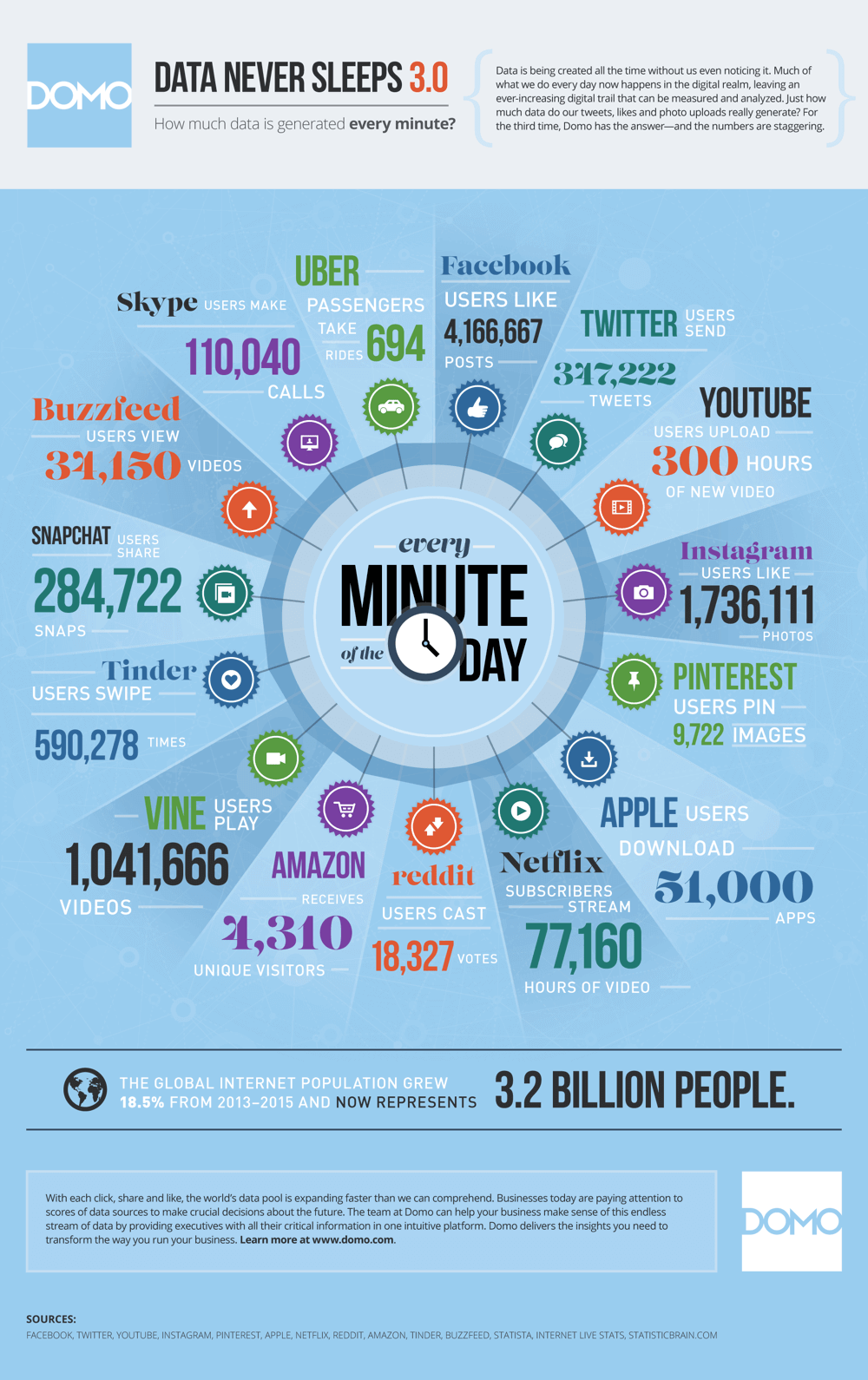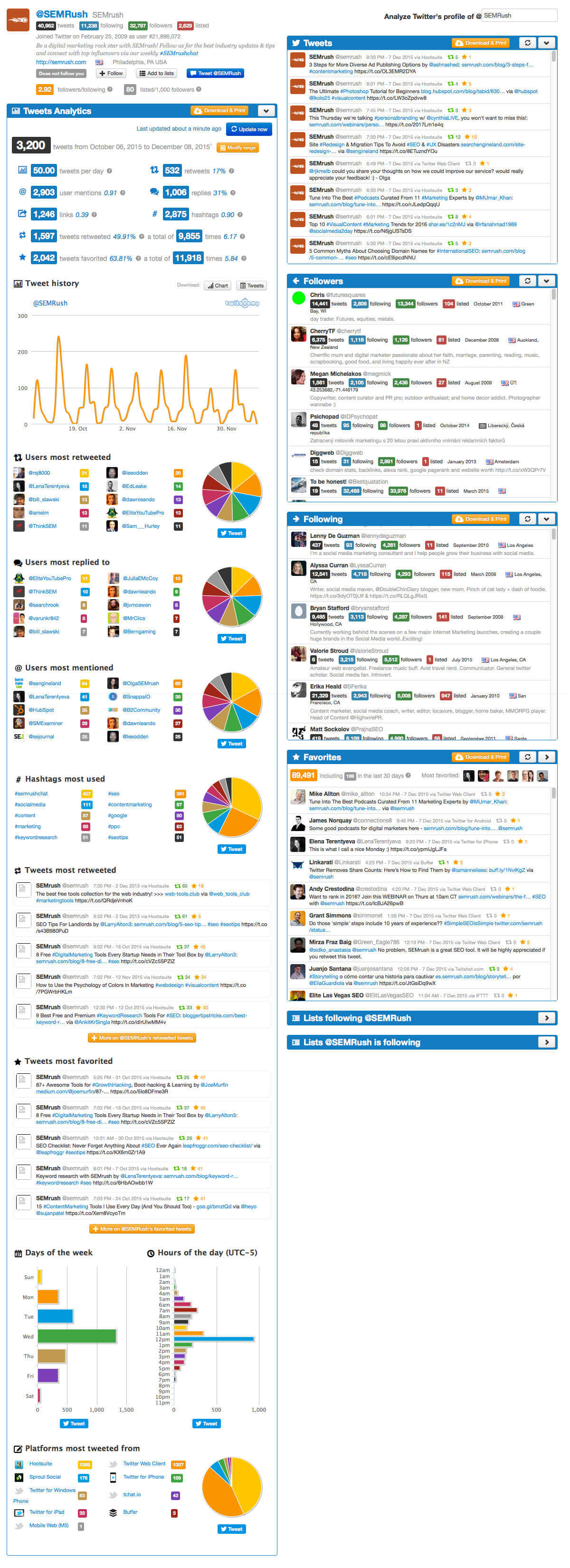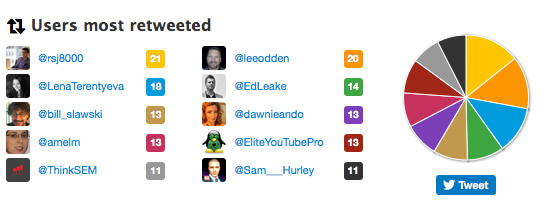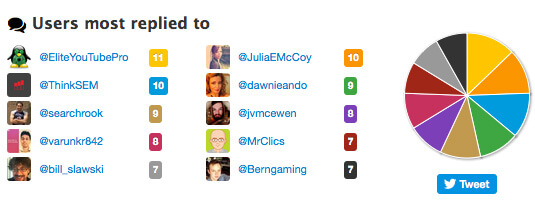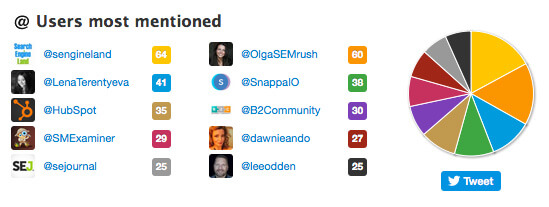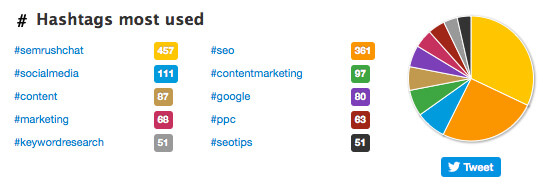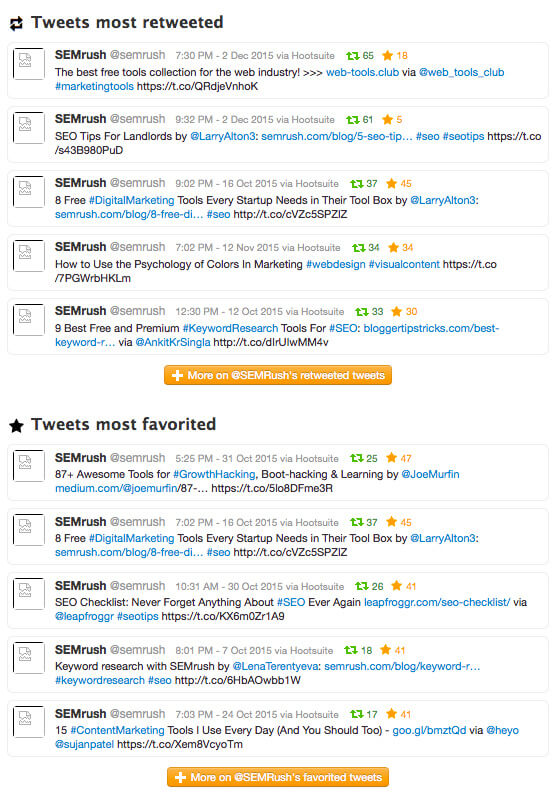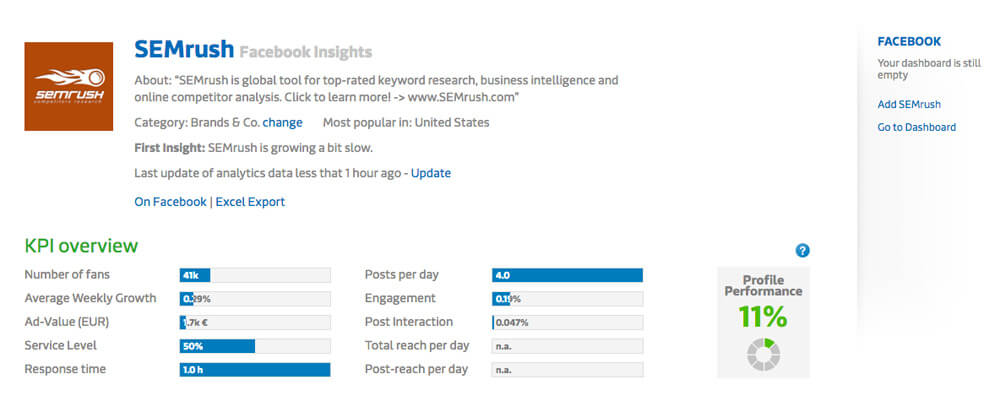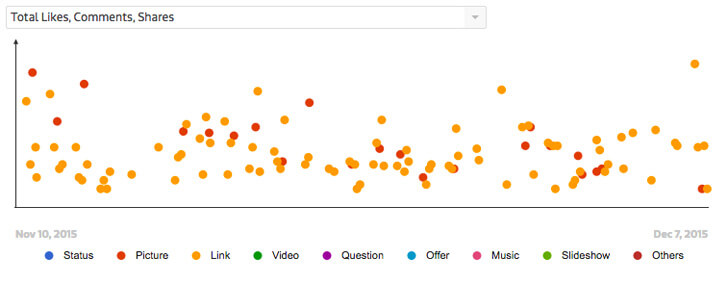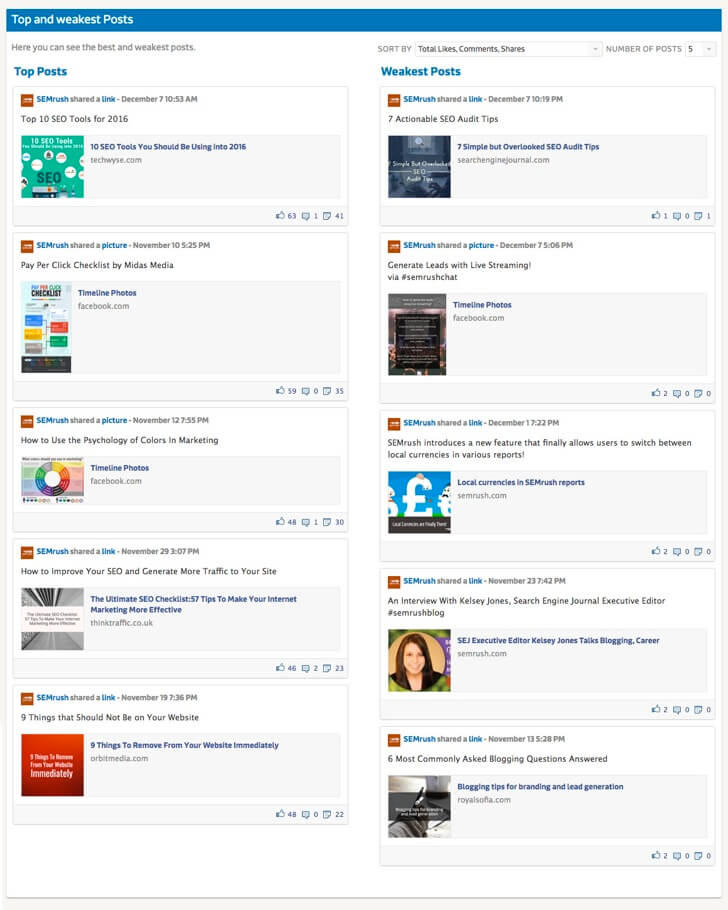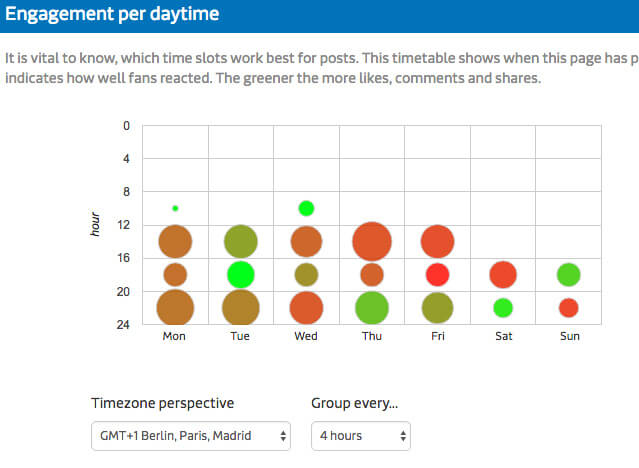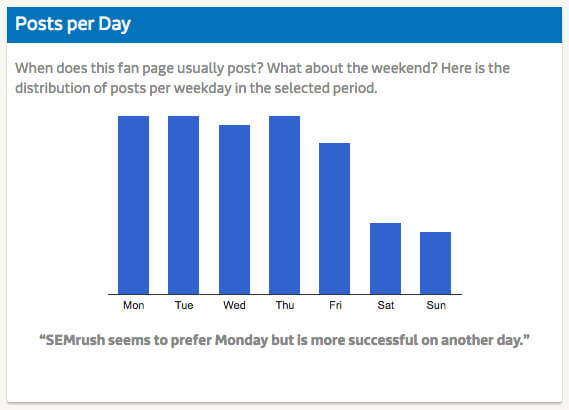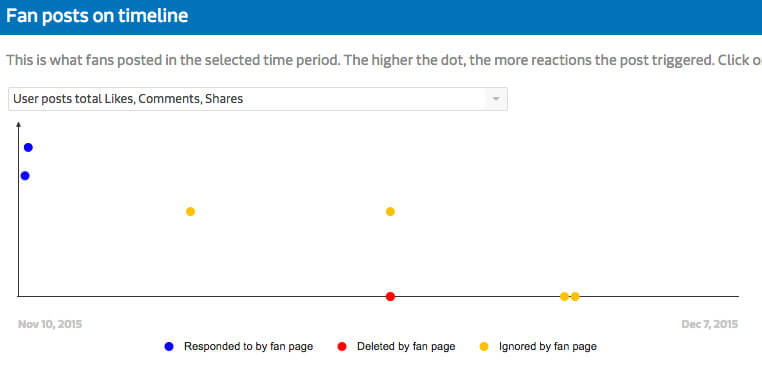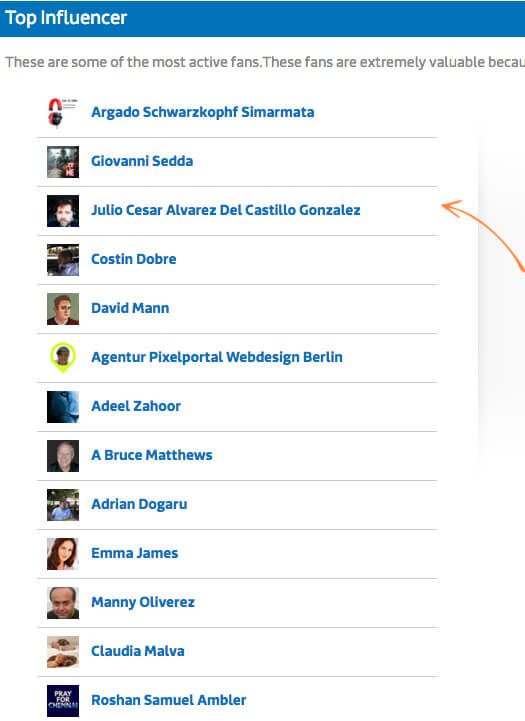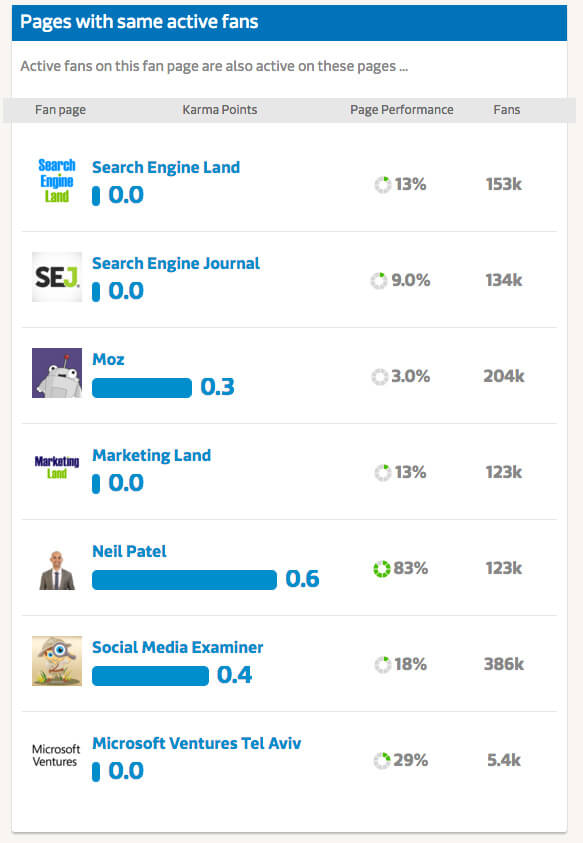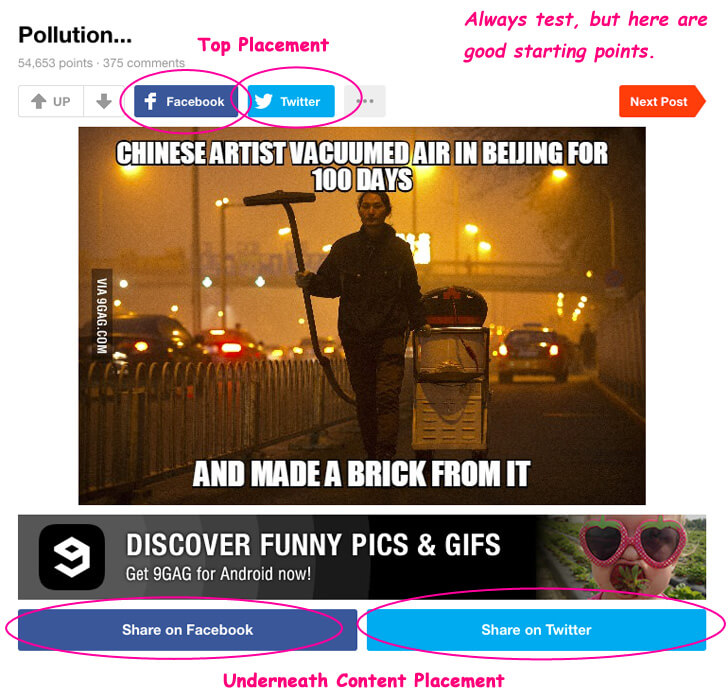- Joined
- Sep 15, 2014
- Messages
- 4,403
- Likes
- 8,973
- Degree
- 8

Most of you are lost a drift on the digital ocean and can't figure out why all that social traffic which everyone else seems to be getting by the boatload has completely escaped you. You are going through the motions and doing everything the gurus tell you, "Top 7 Bullshit list of nonsense", but can't get them to work. So you load up Hootsuite, which is a great product by the way, let it ride for the next 30 days and barely get a click You're ship is lost on these waters...

I'm the lighthouse on land letting you know you are about to crash head first if you keep coming at me. Here is a reality check: Your content is weak cause you are timid and scared into writing PC (politically correct) fluff nonsense.

You're scared people won't like your brand, your content, or things can go bad. Guess what? All viral content has negative pressure driving the viral aspect. You're scared to offend people, I offend all the time, people hate me, yet the fucks given are zero. People criticize me, yet they can't keep their eyes off me. Every time I do something, drop something, it'll be different than before, you drop the same drivel post after post, with the same stock photos, post after post. You're meaningless life is just an after-post, and you life's work will be gone when you decide to no longer pay the hosting bill. ("Is this a guide or am I here to get insulted?" "you are here to get insulted, and love every moment of it")

You don't have the balls to drop Taylor Swift grilling serfs in your blogpost.

Heck you probably are scared to say "fuck".
Your Social game isn't on point cause you lack flavor. Google's made you it's bitch and now you write content for robots instead of humans, let that sink in. Your perfectly SEO'ed content ain't going to get far when placed in the wild. What's the wild? Facebook (FB) is the wild, Twitter is the wild. Can your content compete and engage users enough to the point they are going to click it versus the photo of their hot former classmate from high school? "12 things SEOs need to do in 2016 too... " fuck you, I'm clicking on that hot chick.
Let's break down engagement so you understand what works and what doesn't. @stackcash guestposted for me about local businesses. Being a boss he comes in with the title that timid people rarely use "Dominate" - "How to Dominate Local Search Results", you would probably use "Maybe Get Some Clients, Perhaps If They Aren't Busy".
Lesson #1: use words that are powerful through ALL your content. Weak words get weak results. Words that can rub a person the wrong way means they are words that have emotion. Right now someone in the audience is thinking "really dominate, your guide is that good, I don't believe you" - and anger is simmering in their minds cause they want to prove me and the guide wrong. Another person is sitting there excited "Oh shit, CC said I can dominate local search, let me read this and game over!"
In both instances I invoked an emotion. Your weak title doesn't create emotion, and is more bland so you don't piss PC principal and the PC fraternity off.
Lesson #2: Let's look at your photos, you use nonsense stock images, this is your social game plan:

This is what I use:

Which one do you think is going to get more engagement?
Stock photos in social media don't work numb-nuts, Let's try this again:

^^ Your style.

^^ My style. Another:

^^ The type of images you drop when talking about marketing.
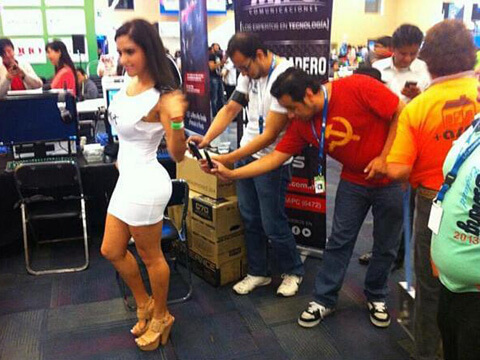

^^ The type of imagery I post when talking about marketing opportunities.
Of course my photos are going to piss a segment of society off. That right there could be a viral shitstorm - but if you've mastered both sides of the force you don't have a problem. You did master both sides of the force right? (If not we've got some lessons on how to do that later on in this crash course)
The reality is, you have to leave your timidity behind. You can't please everyone, but if you give it enough spice, people will click through, and that's the name of the game with social media. You see in the search engines there is just bullshit text links, with a bunch of bla bla words. Only recently has Google started to inject more images, tweets, and a bit of interaction within their SERP (search engine results pages) but it's still mostly words.
However with Social media, you can have great imagery to get people's attention in their feeds, yet you go with stock photos, throw them through Hootsuite, which is a great product by the way and I recommend cause they sponsor me, and then schedule your bland SEO focused content, and aim it at your audience that's bored to death and you can't figure out why there is no engagement with it. Even Facebook is tired of your tired content and has force you to pay to play cause your weak engagement can't keep your audience from falling asleep during mid-read.

(shout out to @eliquid, I steal a ton of his lines
 )
)Lesson #3: Why is flavor important? Cause if your content is weak, if your imagery is weak people don't want to look weak and pathetic retweeting weak content or sharing that on their Facebook feed. You have to place yourself within the ego of your audience, they want to either entertain, inform, or educate their social group to belong. If you come at them with weak stock images, with a weak title, and sleep inducing content and they try to share that nonsense with their social circle they'll get laughed at or simply be thought of as being a boring dork. But if you give audience content that's got spice to it,

Maybe a bit too much spice there, but something that peaks their curiosity as well as the curiosity of their social circle, and you keep giving it to them, then they will get compliments from their social circle. Your audience will then keep posting your stuff cause it's makes them look good, stroking their vending machine, I mean ego... I said ego.
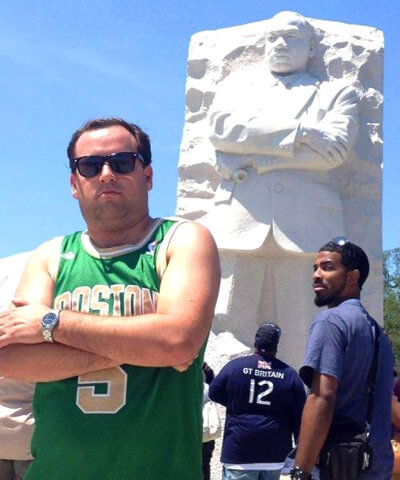
Somethings might be a bit too far, but you dunno until I try. You can try content using a troll account at first in extremely riskier stuff. What I'm here to drive home is the PC content doesn't get click and shared mates, it just doesn't. So if you want social traffic, you have to hit the fringes of your industry, cause on the fringes is where you interact with different crowds and outliers, and those people are going to push the viral aspect.
Now I know you guys know who Ryan Holiday is and his book "Trust Me, I'm Lying: Confessions of a Media Manipulator". I recommend you get that book. But the problem is a good chunk of you read that book and praise it, then go back to your SEO content ways without taking any action towards what you just praised. "Oh my boss/client/partner would never go for that." Or "I can't pull that off", reality is you've boxed yourself in a corner and therefore cannot think outside the box anymore. Google has scared you straight and told you to grab it's pocket and it walks around the jailhouse showing everyone you're their bitch.

Don't worry, I'll break it down for you perfectly.


